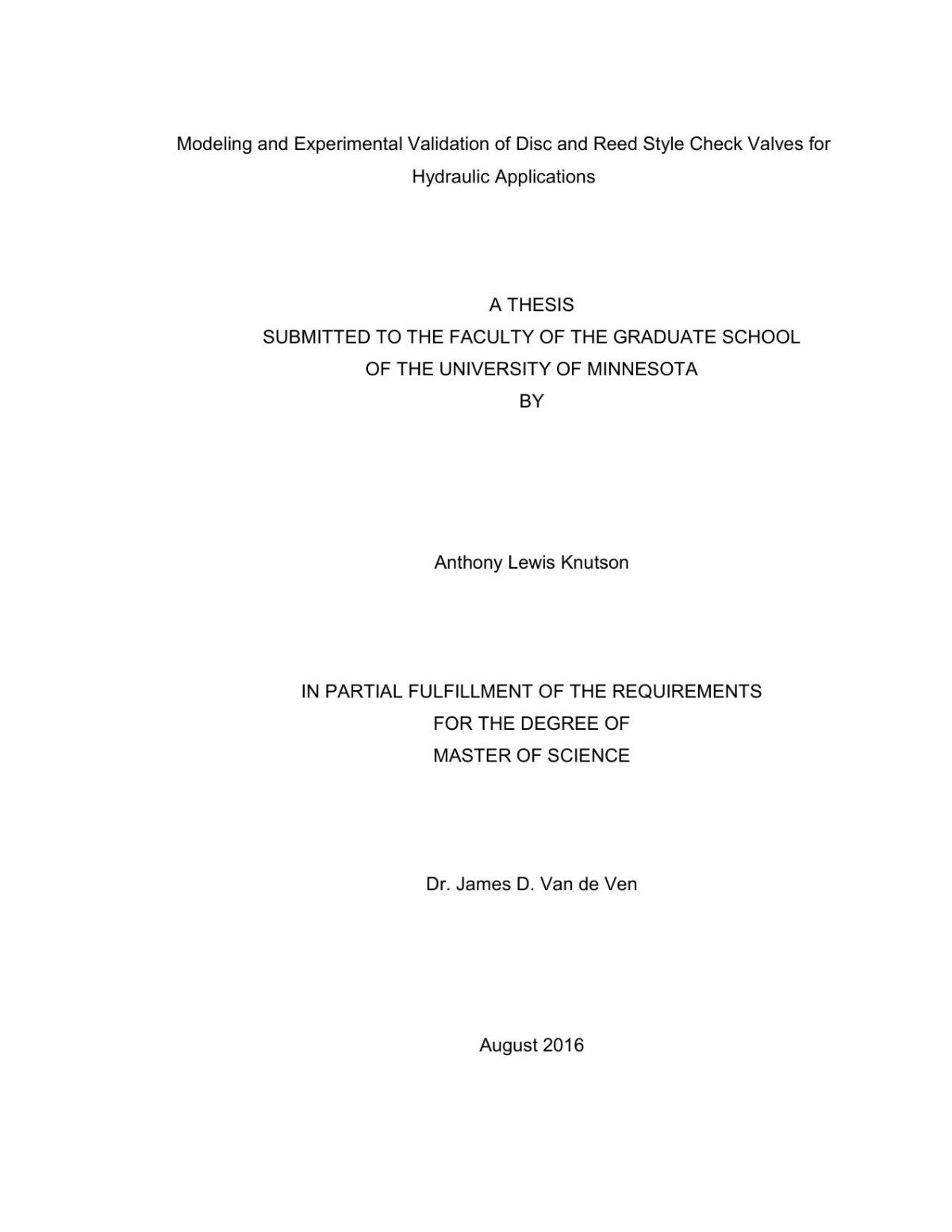

Most ebook files are in PDF format, so you can easily read them using various software such as Foxit Reader or directly on the Google Chrome browser.
Some ebook files are released by publishers in other formats such as .awz, .mobi, .epub, .fb2, etc. You may need to install specific software to read these formats on mobile/PC, such as Calibre.
Please read the tutorial at this link: https://ebookbell.com/faq
We offer FREE conversion to the popular formats you request; however, this may take some time. Therefore, right after payment, please email us, and we will try to provide the service as quickly as possible.
For some exceptional file formats or broken links (if any), please refrain from opening any disputes. Instead, email us first, and we will try to assist within a maximum of 6 hours.
EbookBell Team

4.0
36 reviewsThe goal of this thesis is to develop a computationally inexpensive, accurate, and practical mathematical model of a hydraulic reed style check valve. While the modeling of disc style check valves is well represented in literature, reed valve modeling research has focused on applications in air compressors and internal combustion engines, where the working fluid has low density, viscosity, and bulk modulus. However, in a hydraulic system, the fluid – namely oil – is dense, viscous, and stiff, contributing additional physical effects that must be considered. Furthermore, the operating pressure in hydraulic systems is higher than in pneumatic systems, creating additional challenges from a structural perspective.In this thesis, a one degree of freedom hydraulic disc and reed style check valve model were developed using a hybrid analytical, computational, and experimental approach. The disc valve equation of motion was derived from Newton’s second law applied to the disc considering forces including pressure, spring reaction, and drag. Euler-Bernoulli beam theory was used to derive the reed valve equation of motion. In each case,the valve flow rate was modeled as quasi-steady orifice flow using an empirical discharge coefficient.